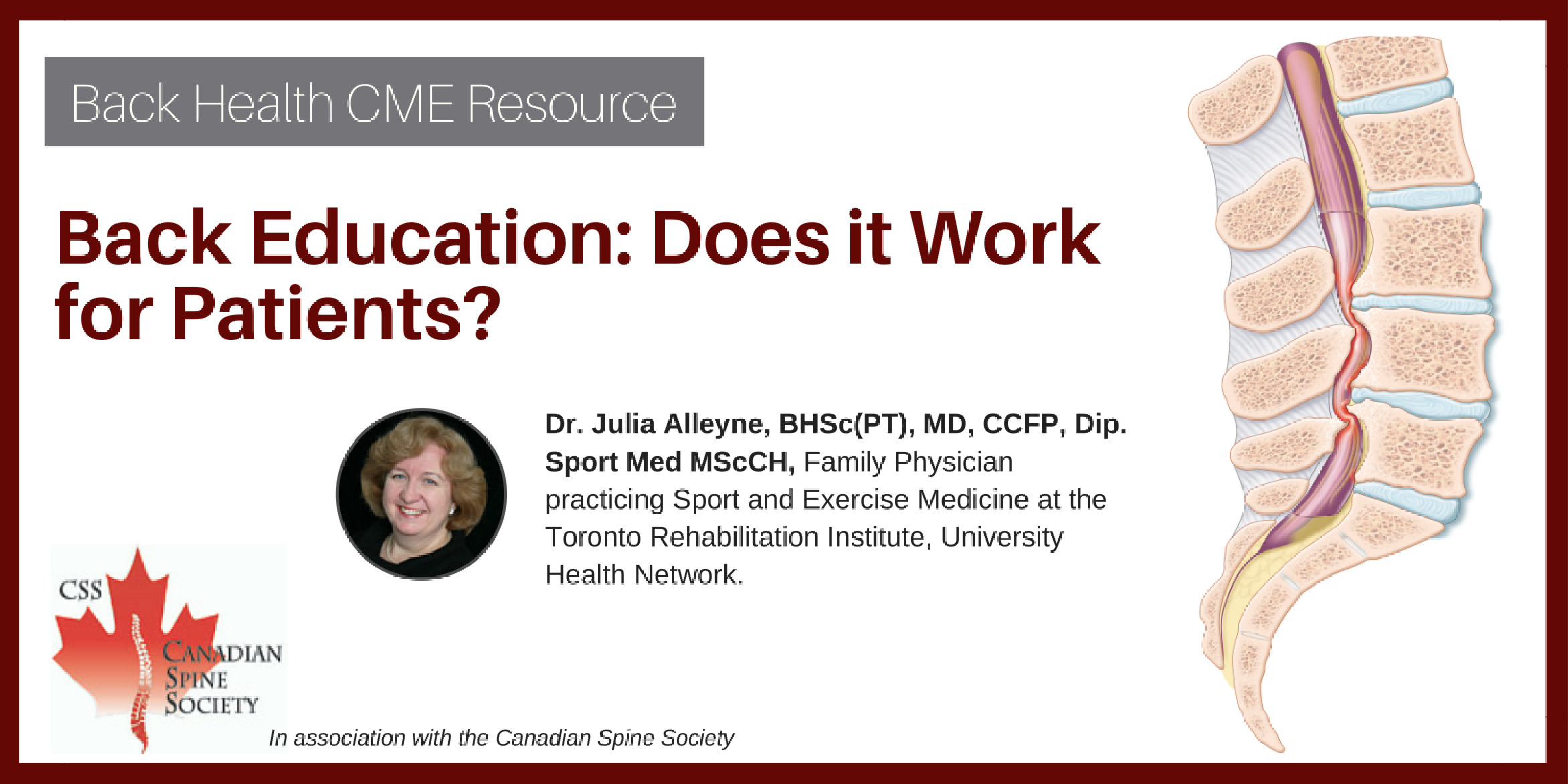Evelyn Hutt, MD, Associate Professor of Medicine, University of Colorado at Denver and Health Sciences Center; Director, Colorado Research in Care Coordination, VA Eastern Colorado HCS, Denver, CO, USA.
Martha D. Buffum, DNSc, APRN, BC, CS, Associate Chief Nurse for Research, VA Medical Center, San Francisco; Associate Clinical Professor, School of Nursing, University of California, San Francisco, CA, USA.
Regina Fink, RN, PhD, FAAN, Research Nurse Scientist, University of Colorado Hospital, Aurora, CO, USA.
Katherine R. Jones, RN, PhD, FAAN, Sarah Cole Hirsh Professor and Associate Dean for Evidence-Based Practice, Frances Payne Bolton School of Nursing, Case Western Reserve University, Cleveland, OH, USA.
Ginette A. Pepper, PhD, RN, FAAN, Professor and Helen Lowe Bamberger Colby Endowed Chair in Gerontological Nursing Associate Dean for Research and PhD Program, University of Utah College of Nursing, Salt Lake City, UT, USA.
Pain is common among long-term care residents and is often undertreated. A high prevalence of dementia, sensory impairment, and disability, as well as structural issues such as staffing patterns and turnover in long-term care facilities make assessment and management of pain challenging. An overview of the evidence regarding the assessment and treatment of pain in individual residents, and recommendations for improving the overall quality of pain management in the long-term care setting, is presented.
Key words: pain, dementia, long-term care, pain assessment, pain management.


